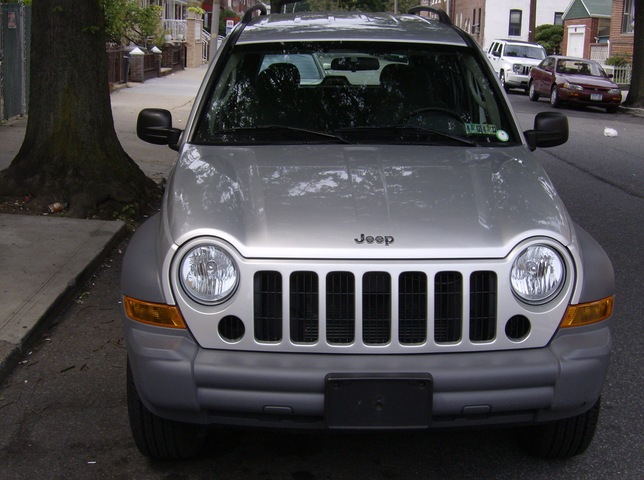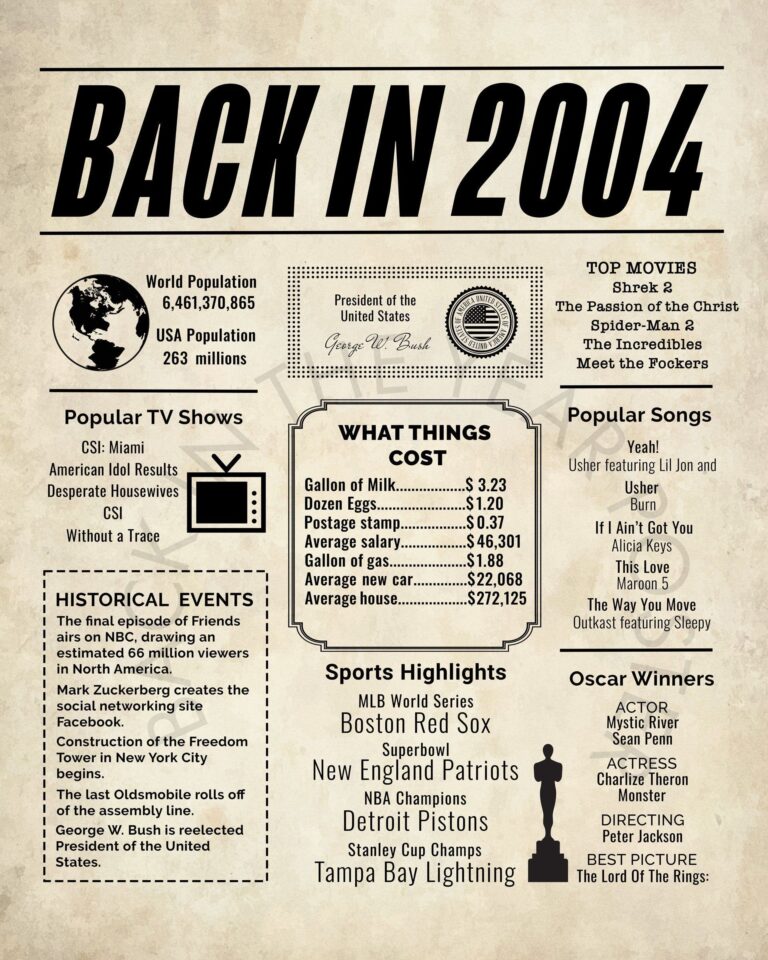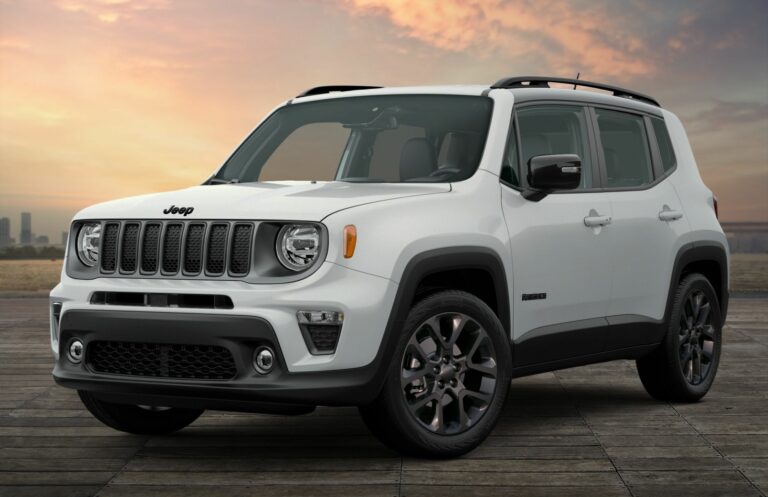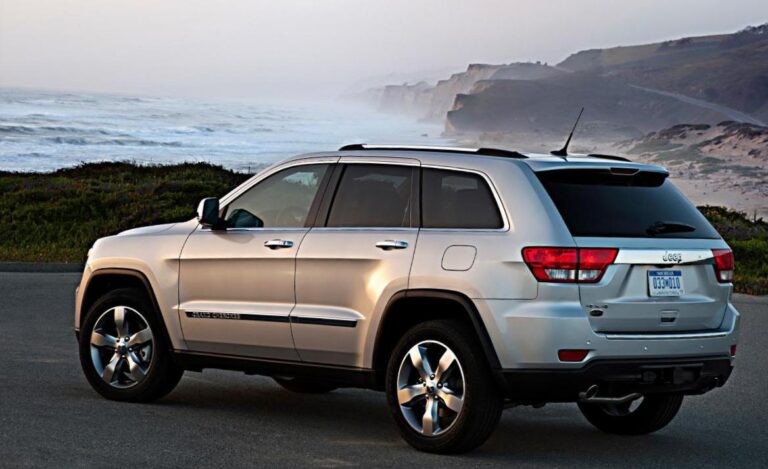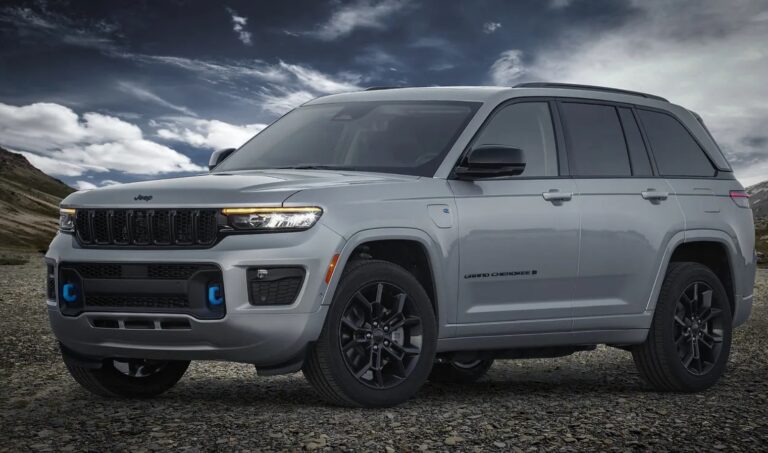Used Jeep Liberty 3.7 Engine For Sale: Your Comprehensive Guide to Reviving Your Ride
Used Jeep Liberty 3.7 Engine For Sale: Your Comprehensive Guide to Reviving Your Ride jeeps.truckstrend.com
The Jeep Liberty, a rugged and versatile compact SUV, has long been a favorite for its distinctive styling and off-road prowess. At the heart of many Liberty models, particularly the popular KJ and KK generations, lies the venerable 3.7-liter PowerTech V6 engine. While robust, like any mechanical component, these engines can eventually reach the end of their lifespan due to high mileage, inadequate maintenance, or unforeseen mechanical failures. When faced with a failing engine, replacing it with a used Jeep Liberty 3.7 engine for sale often emerges as the most practical and cost-effective solution, breathing new life into a beloved vehicle without the expense of a brand-new car.
This comprehensive guide will delve into everything you need to know about purchasing a used 3.7L engine for your Jeep Liberty, from understanding its specifications and benefits to navigating the buying process and ensuring a successful installation.
Used Jeep Liberty 3.7 Engine For Sale: Your Comprehensive Guide to Reviving Your Ride
Understanding the Jeep Liberty 3.7L Powerplant
The 3.7-liter PowerTech V6 engine, designated as the "EGJ" by Chrysler, was a cornerstone of various Dodge and Jeep vehicles from 2002 to 2012. In the Jeep Liberty, it served as the primary engine option for the first-generation (KJ, 2002-2007) and second-generation (KK, 2008-2012) models in North America. This SOHC (Single Overhead Cam) V6 engine was known for its decent power output (around 210 horsepower and 235 lb-ft of torque) and reasonable reliability when properly maintained.
However, specific issues can lead to its demise, prompting the search for a replacement. Common problems include:
- Overheating: Often leading to warped cylinder heads or blown head gaskets.
- Oil Sludge Buildup: Particularly if oil changes were neglected, leading to reduced lubrication and premature wear.
- Timing Chain Wear: While not a common catastrophic failure, worn chains can cause noise and affect performance.
- Valve Train Issues: Such as sticky lifters or worn rocker arms.
- Cracked Cylinder Heads: Less common but can occur, especially with severe overheating.
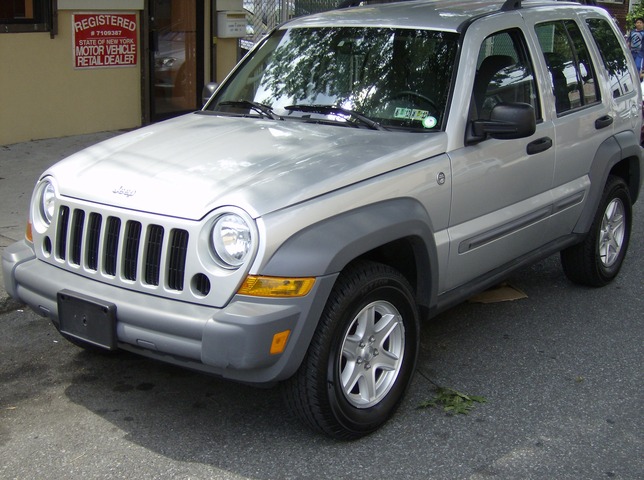
When facing these significant internal engine issues, repairing the original engine can sometimes exceed the cost of a good quality used replacement, making the "Used Jeep Liberty 3.7 Engine For Sale" market highly relevant.
Benefits of Opting for a Used 3.7L Liberty Engine
Choosing a used engine offers several compelling advantages over other repair options:
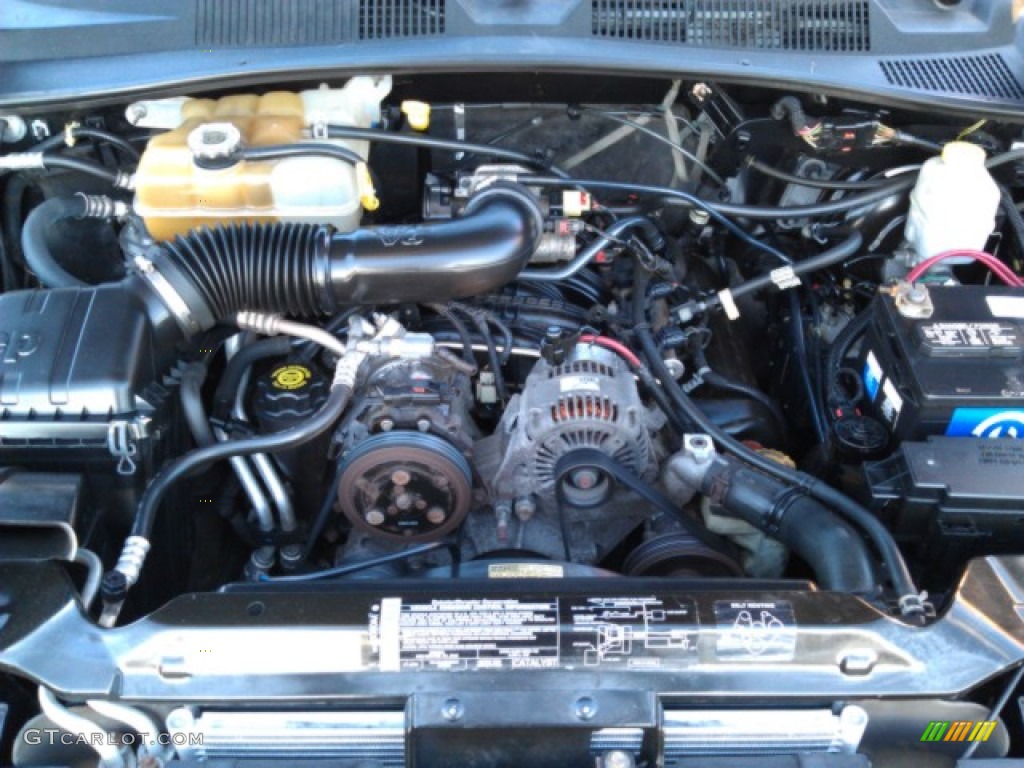
- Cost-Effectiveness: This is often the primary driver. A used engine can be significantly cheaper than a brand-new crate engine or a professionally rebuilt one. This savings can be the difference between salvaging your vehicle and scrapping it.
- Availability: Due to the popularity and production volume of the Jeep Liberty and other vehicles sharing the 3.7L engine, there’s a robust supply of used units available across the country.
- Quicker Repair Time: Sourcing and installing a used engine is often faster than waiting for a complete engine rebuild, which can involve extensive machine shop work.
- Environmental Friendliness: By reusing an existing engine, you contribute to recycling automotive components, reducing waste, and lessening the demand for new manufacturing.
- Retaining Vehicle Value: For many Liberty owners, the vehicle holds sentimental or practical value. A successful engine swap can extend the life of the vehicle for many more years, preserving your investment.
Where to Find a Used Jeep Liberty 3.7 Engine For Sale
The market for used automotive parts is vast. Here are the most common and reliable avenues for finding a used 3.7L Liberty engine:
- Specialized Used Engine Suppliers/Brokers: Companies like LKQ, Jasper Engines (for remanufactured), or online aggregators like UsedEngines.net, ASAP Motors, and AutoPartsLocator.com specialize in sourcing and selling used engines. They often offer warranties and can ship directly to your mechanic.
- Online Marketplaces: Websites like eBay, Craigslist, and Facebook Marketplace can be good sources, particularly for local pick-up. Be cautious and thorough with your vetting process here, as private sellers may not offer warranties.
- Local Junkyards/Auto Recyclers: Visiting a local salvage yard allows you to physically inspect the engine (if it’s still in the donor vehicle) and negotiate prices. They often have a wide selection of older models.
- Dealerships (Sometimes): While less common, some dealerships might have take-out engines from vehicles they’ve parted out or relationships with recyclers for quality used parts.
When searching, be specific with your year, make, and model (e.g., "2006 Jeep Liberty 3.7 engine"). Providing your vehicle’s VIN (Vehicle Identification Number) to the seller is crucial to ensure compatibility.
Key Considerations Before Buying
Purchasing a used engine requires careful consideration to avoid potential headaches down the road.
- Mileage: Lower mileage is generally preferred, as it indicates less wear and tear. Most sellers will provide mileage figures from the donor vehicle’s odometer. A general rule of thumb is to look for engines with under 100,000-120,000 miles, though well-maintained engines can last longer.
- Warranty: This is paramount. Reputable sellers offer warranties ranging from 30 days to a year or more. Understand what the warranty covers (e.g., block and heads only, or accessories too), the duration, and the return/replacement policy. A good warranty provides peace of mind.
- Donor Vehicle History: While often difficult to obtain, knowing if the donor vehicle was involved in a flood, fire, or severe accident can be helpful. Reputable recyclers will typically only sell engines from vehicles with clean titles or minor collision damage that didn’t affect the powertrain.
- Visual Inspection: If possible, visually inspect the engine for signs of significant oil leaks, cracks, damaged sensors, or missing components. Check the oil fill cap for excessive sludge or milky residue (indicating coolant contamination).
- Compatibility: The 3.7L engine saw minor revisions over its production run. While generally interchangeable, specific sensors, accessory mounts, or ECU programming might differ slightly between certain years (e.g., early KJ vs. late KK models). Always verify compatibility using your VIN.
- Shipping Costs: Engines are heavy. Shipping can be a substantial cost, especially for cross-country deliveries. Factor this into your total budget.
- Included Components: Clarify whether you’re buying a "long block" (block, cylinder heads, crankshaft, camshafts) or a "complete engine" (long block plus intake manifold, exhaust manifolds, throttle body, sensors, sometimes even alternator/power steering pump). A long block is usually cheaper, but you’ll need to transfer more components from your old engine.
The Buying Process: A Step-by-Step Guide
- Diagnose Definitively: Before you even start looking, have a qualified mechanic definitively diagnose your current engine’s issue. Ensure a replacement engine is indeed the necessary solution.
- Determine Your Budget: Factor in the engine cost, shipping, potential core charge, and installation labor.
- Research Reputable Sellers: Read reviews, check BBB ratings, and look for companies with clear warranty policies and good customer service.
- Verify Engine Compatibility: Provide your vehicle’s exact year, make, model, and VIN to the seller. They should be able to confirm if their engine is a direct fit.
- Inquire About Details: Ask about the engine’s mileage, the donor vehicle’s history (if known), and the specifics of the warranty. Get everything in writing.
- Get a Detailed Quote: Ensure the quote includes the engine price, shipping costs, and any core charges. Understand the payment terms.
- Arrange Payment and Delivery: Use secure payment methods. Confirm the shipping address and delivery timeframe.
- Upon Arrival, Inspect Thoroughly: Before signing off on the delivery or allowing installation, carefully inspect the engine for any shipping damage or discrepancies. Take photos if you find issues.
- Plan for Installation: Decide whether you’ll perform the swap yourself or hire a professional. Factor in the cost of new fluids, gaskets, and other "might-as-well" replacement parts.
Installation Tips and Post-Installation Care
- Professional Installation Recommended: Unless you have significant automotive experience, tools, and a suitable workspace, having a professional mechanic install the engine is highly recommended. They have the expertise to ensure proper installation, address any unforeseen issues, and often provide their own labor warranty.
- Replace Associated Components: It’s almost always a good idea to replace certain inexpensive but critical components while the engine is out. These include:
- Water pump and thermostat
- Spark plugs and ignition coils (if not included with engine)
- All belts and hoses
- Motor mounts
- Front and rear main seals (if accessible and affordable)
- Fluids (engine oil, coolant, transmission fluid if applicable)
- Oil filter
- Proper Break-In: While a used engine doesn’t require the same break-in as a brand-new one, it’s wise to treat it with care for the first few hundred miles. Avoid heavy acceleration, excessive idling, and towing. Monitor fluid levels and listen for unusual noises.
- Regular Maintenance: Once installed, treat your "new" used engine as if it were brand new. Adhere to the manufacturer’s recommended maintenance schedule for oil changes, fluid checks, and tune-ups. This will maximize its lifespan.
Potential Challenges and Solutions
- Receiving a Faulty Engine: Even with precautions, a used engine can sometimes arrive with an unforeseen issue. Solution: This is where a robust warranty is critical. Document the problem immediately and follow the seller’s warranty claim procedure.
- Compatibility Issues: The engine doesn’t fit or has different sensor connections. Solution: Double-check your VIN against the seller’s compatibility information before purchase. If an issue arises upon delivery, contact the seller immediately.
- Shipping Damage: The engine arrives visibly damaged. Solution: Inspect the shipment before accepting it. Note any damage on the delivery receipt and take photos. Refuse delivery if damage is severe, or document it thoroughly for a claim.
- Core Charge Requirements: Many sellers require a "core charge" which is refunded when you return your old engine. Solution: Understand this requirement upfront. Ensure your old engine is drained of fluids and ready for return shipping in a timely manner to receive your refund.
- Finding a Trustworthy Seller: The used parts market has its share of less-than-reputable vendors. Solution: Stick to established companies with strong online reviews, clear policies, and physical addresses. Avoid deals that seem too good to be true.
Used Jeep Liberty 3.7 Engine Price Table
This table provides general price ranges for a used Jeep Liberty 3.7L engine. Prices can vary significantly based on mileage, warranty, included accessories, and the seller.
| Engine Type | Typical Mileage Range | Warranty | Average Price Range (USD) | Notes |
|---|---|---|---|---|
| Used Long Block | 80,000 – 150,000 | 30-90 Days | $800 – $1,500 | Block, heads, crankshaft, camshafts. Accessories transferred from old. |
| Used Complete Engine | 80,000 – 150,000 | 30-90 Days | $1,000 – $2,000 | Includes intake, exhaust manifolds, some sensors/accessories. |
| Low Mileage Used Engine | Under 80,000 | 90 Days – 1 Year | $1,500 – $2,500+ | Higher premium for less wear. |
| Remanufactured Engine | 0 | 1 Year – 3 Years | $2,500 – $4,000+ | Professionally rebuilt to OEM specs, often with new parts. No core charge on purchase. |
| Installation Labor | N/A | Mechanic’s Warranty | $800 – $1,500+ | Varies by shop and region. Does not include parts for replacement. |
| Total Estimated Cost | N/A | Varies | $1,800 – $5,500+ | Engine + Installation + Fluids/Gaskets. |
Note: Prices do not include shipping costs or potential core charges, which can add several hundred dollars.
Frequently Asked Questions (FAQ)
Q1: Is a used engine reliable?
A1: A used engine can be very reliable, especially if sourced from a reputable seller with a good warranty and lower mileage. Reliability depends heavily on the donor vehicle’s maintenance history and the quality of the inspection before sale.
Q2: How much does a used 3.7L engine cost?
A2: Prices typically range from $800 to $2,500 for the engine itself, depending on mileage, warranty, and whether it’s a long block or complete. This excludes shipping and installation.
Q3: What’s the difference between a long block and a complete engine?
A3: A "long block" includes the engine block, cylinder heads, crankshaft, and camshafts. A "complete engine" (or "drop-in") includes the long block plus more external components like the intake manifold, exhaust manifolds, throttle body, and sometimes even accessories like the alternator or power steering pump.
Q4: Do I need to replace anything else when installing a used engine?
A4: Yes, it’s highly recommended to replace the water pump, thermostat, spark plugs, all belts and hoses, and all fluids. Consider new motor mounts and checking the condition of the transmission fluid and filter.
Q5: How long does shipping take?
A5: Shipping times vary based on the seller’s location and your delivery address. It can range from a few days to two weeks or more for cross-country freight. Confirm an estimated delivery date with your seller.
Q6: What is a core charge?
A6: A core charge is a refundable deposit paid at the time of purchase. It encourages you to return your old, failed engine ("core") to the seller, who can then rebuild or recycle it. Once your old core is received and inspected, the charge is refunded.
Conclusion
The decision to purchase a used Jeep Liberty 3.7 engine for sale is a practical and economically sound choice for many owners looking to extend the life of their vehicle. While it requires diligent research and careful consideration, the benefits of cost savings and readily available parts often outweigh the challenges. By understanding the engine’s specifics, knowing where to source a quality unit, and adhering to smart buying and installation practices, you can successfully revive your Jeep Liberty, ensuring many more miles of adventures on and off the road. With the right approach, your trusty Liberty can once again roar to life, proving that sometimes, the best path forward is to smartly look backward for a reliable solution.

